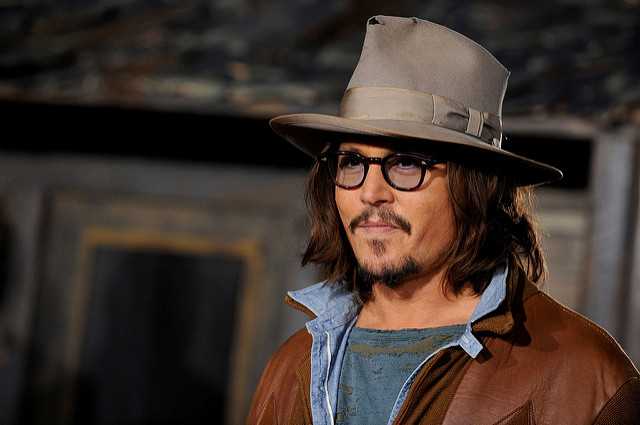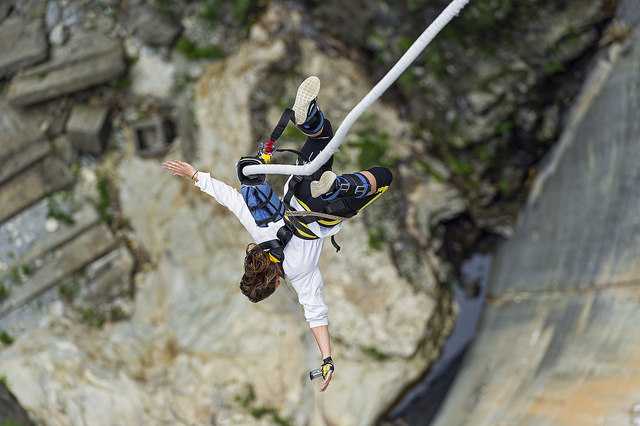
Photo by ** RCB **
With the help of a “smart” phone, web camera, or camera, daily millions of self-portraits occur in all possible situations, then these self-portraits are flooding social networks. “Selfie” is a term that the Oxford Dictionary named “word of the year 2013” because its use went up by as much as 17,000 percent.
To this trend of photographing themselves recently could not resist statesmen gathered at the funeral of Nelson Mandela, and the “selfie” showing the US President Barack Obama, British Prime Minister James Cameron and Prime Minister of Denmark Helle Thorning-Schmidt, went around the world.
Shortly before that, Pope Francis, who is from the very beginning of his pontificate, active on social networks, could not resist making a “selfie” with teenagers. The word “selfie” was first used in 2002 on an Internet forum in Australia. Hashtag “#selfie” appeared for the first time in 2004 on a photographic site ‘Flickr’ and its wider use came in 2012. This word has inspired a number of derivatives (“helfie” – photo of hairdos, “bookshelfie” – photo with a book that one currently reads, “welfie” – a photo of exercise and so on).
This trend launched the celebrities that are active in social networks and who share photos from their private lives with fans. Self-portrait in fine arts occupies a very important place. One of the most famous Van Gogh painting is a self-portrait with a patch over one ear. Rembrandt has left dozens of self-portraits, and they make up a significant part of his artistic oeuvre.
Robert Cornelius – Making a first selfie
First, “selfie” in the history of photography was recorded around 1839, which is one of the key years in the development of photography. It was made by one of the pioneers of photography, chemist Robert Cornelius from Philadelphia On the back of the photo is written “first light image ever made, 1839”. This self-portrait is also one of the first pictures of the human figure. The success of this self-portrait even encouraged the young Cornelius to open Photoshop. Today, these photos stored in the Library of Congress in Washington.
Selfie Olympics
Today’s Instagram-Facebook-Twitter “selfie” has little to do with the artistic approach, they are banal photographs, often even in an unseemly posture, drunk, funny, sad, have a current message, or are important for the moment they were created, as well as the reason they are added to the social network. “Selfie” is used to collect a larger number of “likes” and to attract the attention of the voyeuristic world. A larger number of “likes” generates higher self-esteem. That ” self” mania gripped the world so hard that recently was opened “selfie” Olympics, which invited interested parties to submit crazy and dangerous “selfie” photographs.
In just three days, on Instagram was posted over 30,000 photos which showed competitors in the dangerous and nearly impossible poses in this silly competition.
A struggle for likes
However, we must ask how far it can all go. Lack of privacy, a life that we have begun to take over the social networks in which we fall in love, love, paint, laugh, cry or go crazy, a viral world that simply replaced the real one. In order to be genuine and to attract more attention, slowly but surely we are losing even basic decency. The struggle for recognition has become a struggle for “like” and criteria for that “like” became being the worse, crazier and scarier.



